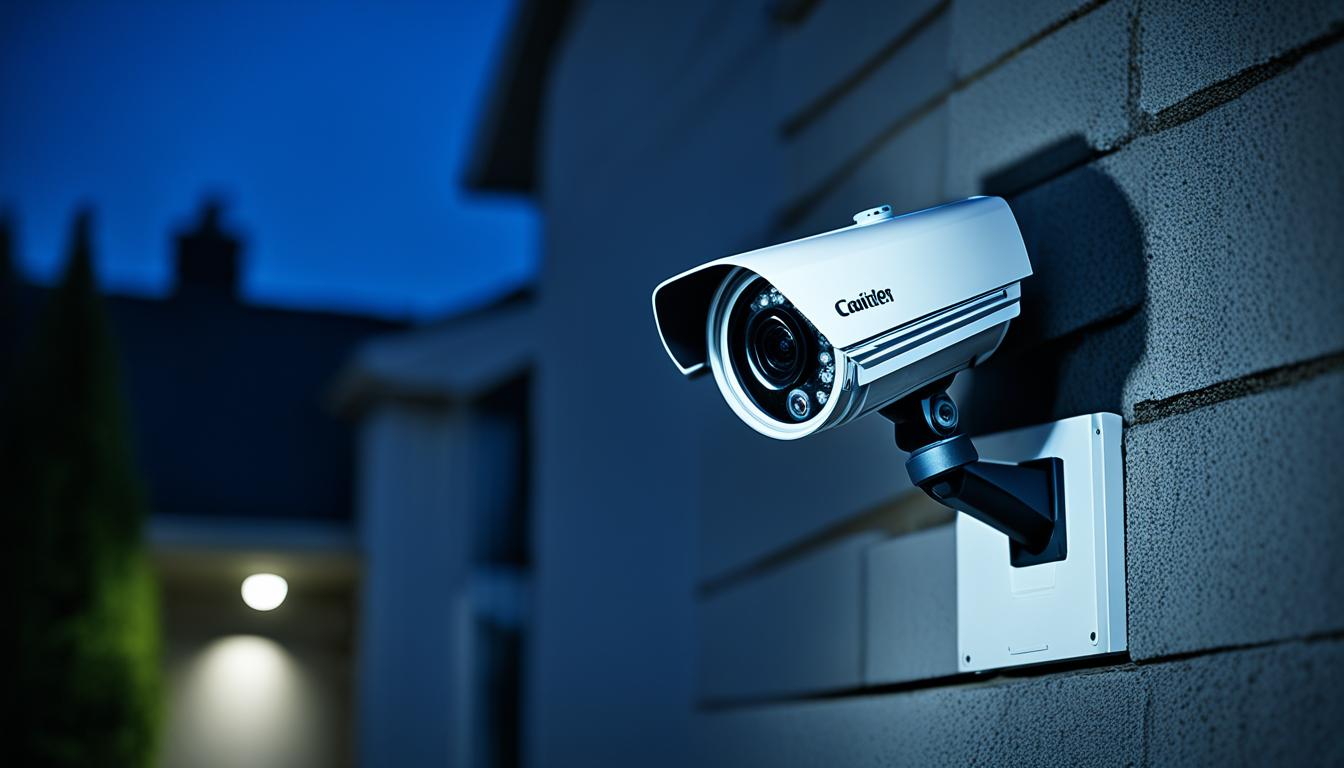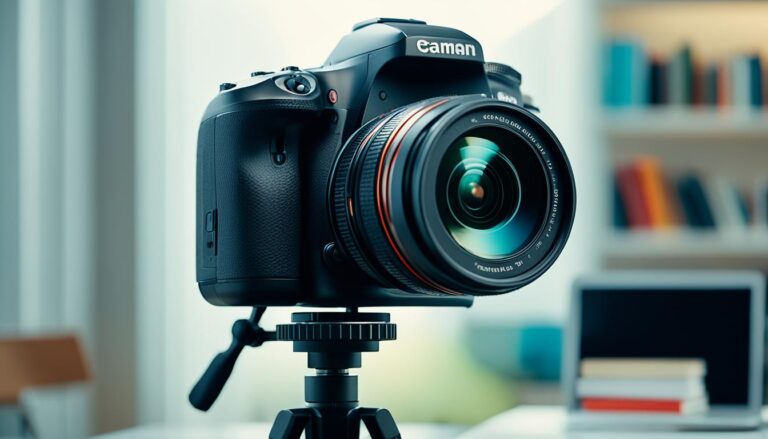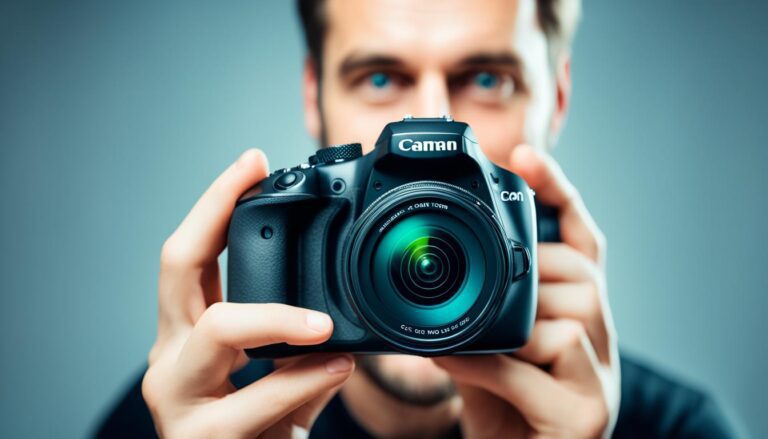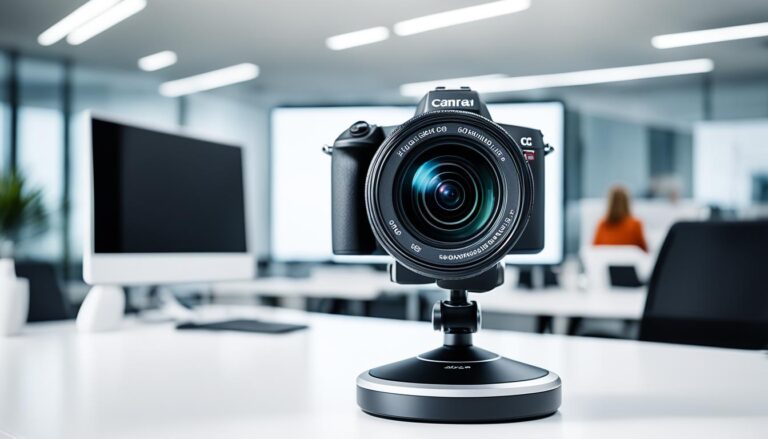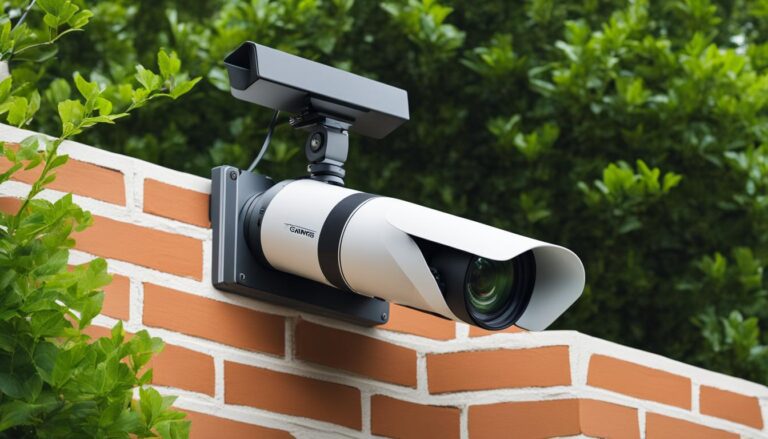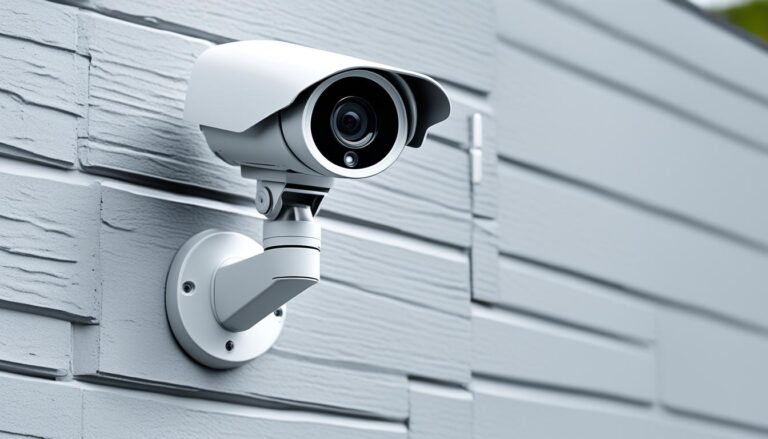best camera for security
With the increasing need for home and business security, finding the best camera to safeguard your property is vital. But with so many options out there, how do you choose the right one? Is it all about the brand? The features? Or is there more to it?
In this article, we will guide you through the key considerations when selecting the perfect security camera. Whether you want to safeguard your home or protect your business, we’ll help you make an informed decision that provides peace of mind. Let’s dive in and discover the top features, brands, and insights that will ensure your security needs are met.
Key Takeaways:
- Privacy and security are crucial factors when choosing a home security camera.
- Consider whether wired cameras or wireless cameras are the best fit for your needs.
- Indoor and outdoor cameras have different features and requirements.
- Video resolution and field of view impact the clarity and coverage of the footage.
- Decide between local and cloud storage for your camera’s video footage.
Privacy and Security Considerations
When it comes to choosing home security cameras, privacy and security should be at the top of your priority list. With the increasing number of data breaches and security vulnerabilities, it’s important to take the necessary precautions to safeguard your privacy and protect your property.
One of the key considerations is whether to opt for wireless or wired cameras. While wireless cameras offer convenience and flexibility, they are more susceptible to hacking due to their reliance on Wi-Fi networks. On the other hand, wired cameras provide an additional layer of security as they don’t rely on wireless connectivity.
It’s also essential to research the reputation of camera manufacturers and providers. Look for companies that have a strong track record of data security and have implemented strict measures to prevent security breaches. By choosing trusted brands, you can minimize the risk of unauthorized access to your camera’s footage.
For added peace of mind, consider investing in a camera that doesn’t rely solely on Wi-Fi for connectivity. This can include options that use cellular networks or dedicated connections, providing an extra level of protection against potential vulnerabilities in your home network.
Another factor to consider is the storage of your camera’s video footage. Cloud storage is convenient and allows for remote access to your footage, but it may pose certain security risks. Local storage, such as using an external hard drive or a microSD card, gives you more control over your data but may require more manual management.
Remember, protecting your privacy and ensuring the security of your home or business is of utmost importance. By choosing the right camera and implementing the necessary security measures, you can have confidence in the effectiveness of your home security system.
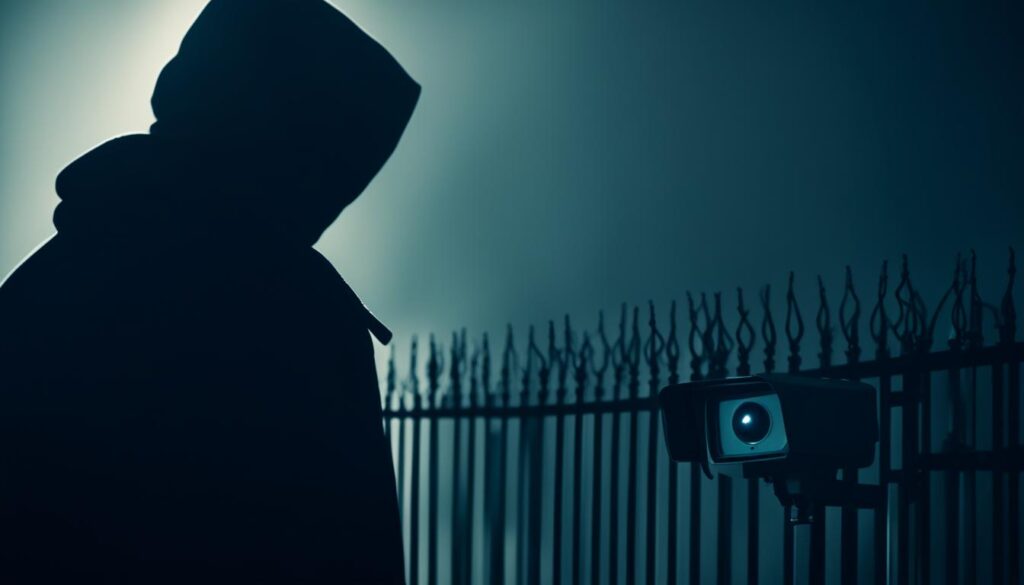
- Choose wired cameras to enhance security
- Research the reputation of camera manufacturers and providers
- Consider cameras that don’t solely rely on Wi-Fi for connectivity
- Weigh the pros and cons of cloud storage and local storage options
Indoor vs. Outdoor Cameras
When it comes to choosing security cameras, one of the key decisions you’ll need to make is whether to opt for indoor or outdoor cameras. The choice primarily depends on where you want to place your cameras and the specific features required for each location.
Outdoor Cameras: Weather-Resistant and Night Vision Capabilities
If you’re looking to monitor the exterior of your property, outdoor cameras are the ideal choice. These cameras are designed to withstand different weather conditions, ensuring reliable performance even in challenging environments. Look for cameras that are weather-resistant and have appropriate IP (Ingress Protection) ratings to handle rain, snow, dust, and extreme temperatures.
Another crucial feature to consider for outdoor cameras is night vision capabilities. These cameras use infrared technology or built-in LED lights to capture clear footage even in low-light or completely dark conditions. This ensures your property remains under surveillance 24/7, providing you with peace of mind.
Indoor Cameras: Suitable for Indoor Use Only
Indoor cameras are specifically designed for monitoring the interior of your home or business. While they lack the weather-resistant features of outdoor cameras, indoor cameras excel in capturing high-quality footage in well-lit conditions. They are typically smaller and more discreet, making them perfect for placement in common areas, bedrooms, offices, or any indoor space that requires monitoring.
While indoor cameras may not have the same level of weather resistance as outdoor cameras, it’s important to place them out of direct sunlight and away from moisture to maintain optimal performance and longevity.
Ultimately, the decision between indoor and outdoor cameras will depend on your specific needs and the areas you want to monitor. Consider the environment, weather conditions, and lighting of the designated locations to ensure you choose the right cameras for your security setup.
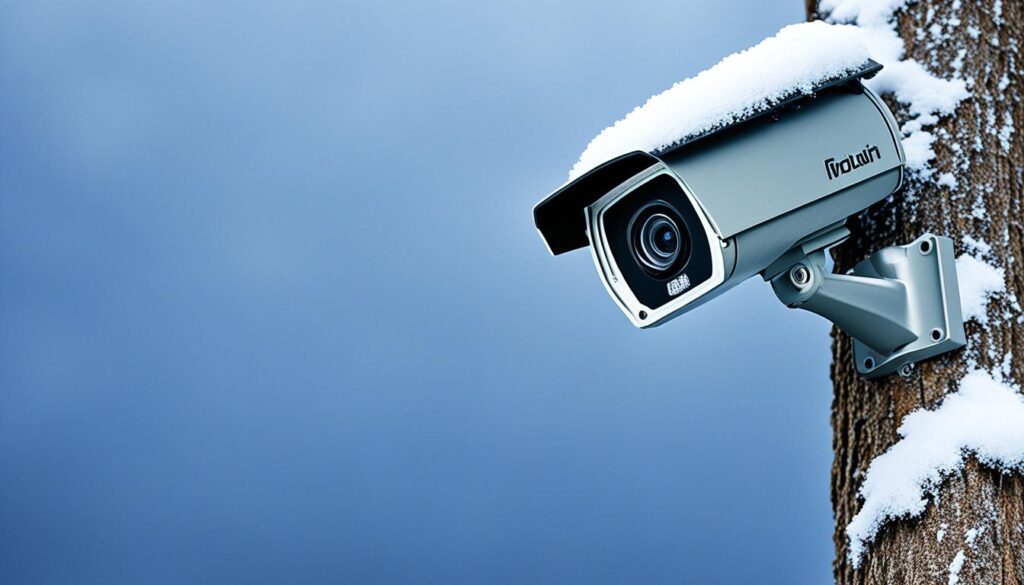
Video Resolution and Field of View
When it comes to choosing a security camera, two essential factors to consider are video resolution and field of view. These features play a crucial role in capturing clear footage and detecting activity effectively.
High video resolution ensures that the recorded footage is sharp and detailed. With a higher resolution camera, you’ll be able to see important details more clearly, such as faces or license plate numbers. However, it’s important to keep in mind that higher resolution cameras may require more bandwidth and can occasionally experience lag or glitches.
The field of view refers to the camera’s viewing angle and the area it can cover. A broader field of view allows for better coverage, reducing blind spots and providing a more comprehensive view of your property. It also makes it easier to detect activity and monitor a larger area without the need for multiple cameras. Some cameras even offer pan and tilt features, enabling them to cover a wider area and track movements.
For a visual demonstration of the impact of video resolution and field of view, take a look at the image below:
As you can see, a camera with a higher resolution and a wider field of view captures more details and covers a larger area, ensuring you don’t miss any important events or incidents.
Determining the Ideal Video Resolution and Field of View
Choosing the right video resolution and field of view depends on your specific needs and the areas you want to monitor. Here are a few factors to consider:
- Location: Assess the size and layout of the area you want to monitor. For larger spaces or outdoor areas, a camera with a broader field of view and higher resolution may be more suitable.
- Camera Placement: Consider the placement options and limitations in your desired area. Evaluate if a fixed camera or one with pan and tilt capabilities would be more beneficial.
- Subject Identification: If your primary goal is to capture clear footage for subject identification, such as recognizing faces or license plates, a higher resolution camera would be essential.
- Activity Detection: Determine the level of activity detection required. A wider field of view can help monitor larger areas, while higher resolution can capture finer details of the activities.
By carefully evaluating these factors and understanding the capabilities of different cameras, you can choose the optimal combination of video resolution and field of view to meet your security needs and ensure clear and comprehensive footage.
Local vs. Cloud Storage
When it comes to storing your camera’s video footage, you have two main options: local storage and cloud storage. Each option has its own advantages and considerations, so it’s important to understand the differences and choose the one that suits your needs best.
Local Storage: With local storage, you use a separate accessory or hardware, such as a microSD card, to store the video footage captured by your security camera. This method gives you more control over your data, as the footage is stored locally on the device or storage medium you choose. You don’t have to rely on an internet connection to access your footage, which can be helpful in areas with limited or unstable connectivity. Local storage also eliminates the need for monthly fees associated with cloud storage services.
Cloud Storage: On the other hand, cloud storage involves sending your video footage to a remote server for storage. This allows you to access your footage from anywhere with an internet connection, giving you the convenience of remote access. Cloud storage providers often offer additional features like video management, activity detection, and the ability to store large amounts of data without worrying about running out of space. However, it’s important to note that cloud storage typically requires a monthly fee, and you’ll be entrusting your footage to a third-party server.
When deciding between local and cloud storage, consider factors such as your budget, data control preferences, and the level of convenience and accessibility you require. If you prioritize complete control over your footage and want to avoid recurring costs, local storage may be the better option for you. On the other hand, if you value the convenience of remote access and additional features offered by cloud storage providers, then cloud storage might be the right choice. Assess your needs and preferences to make an informed decision that meets your security camera storage requirements.
